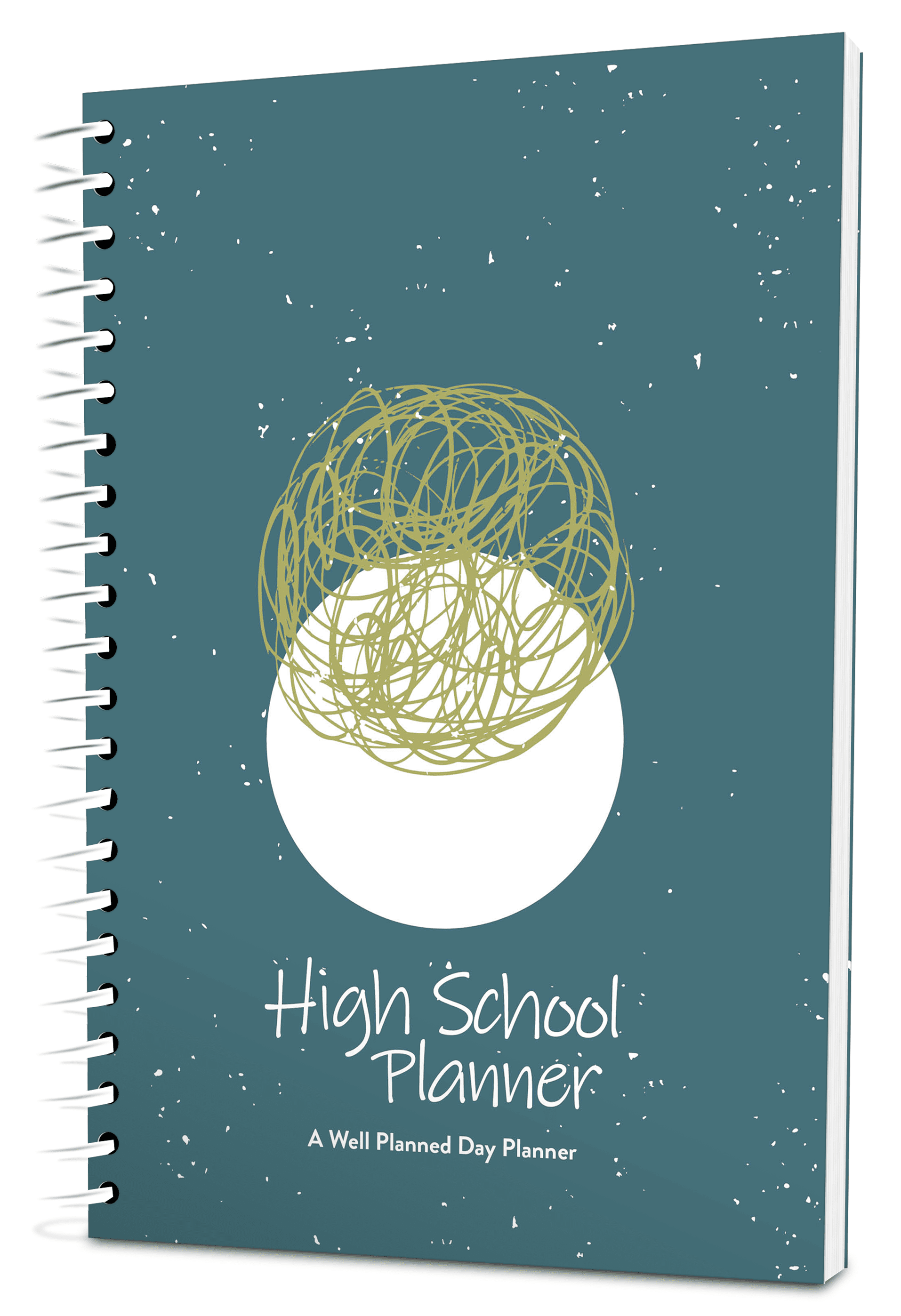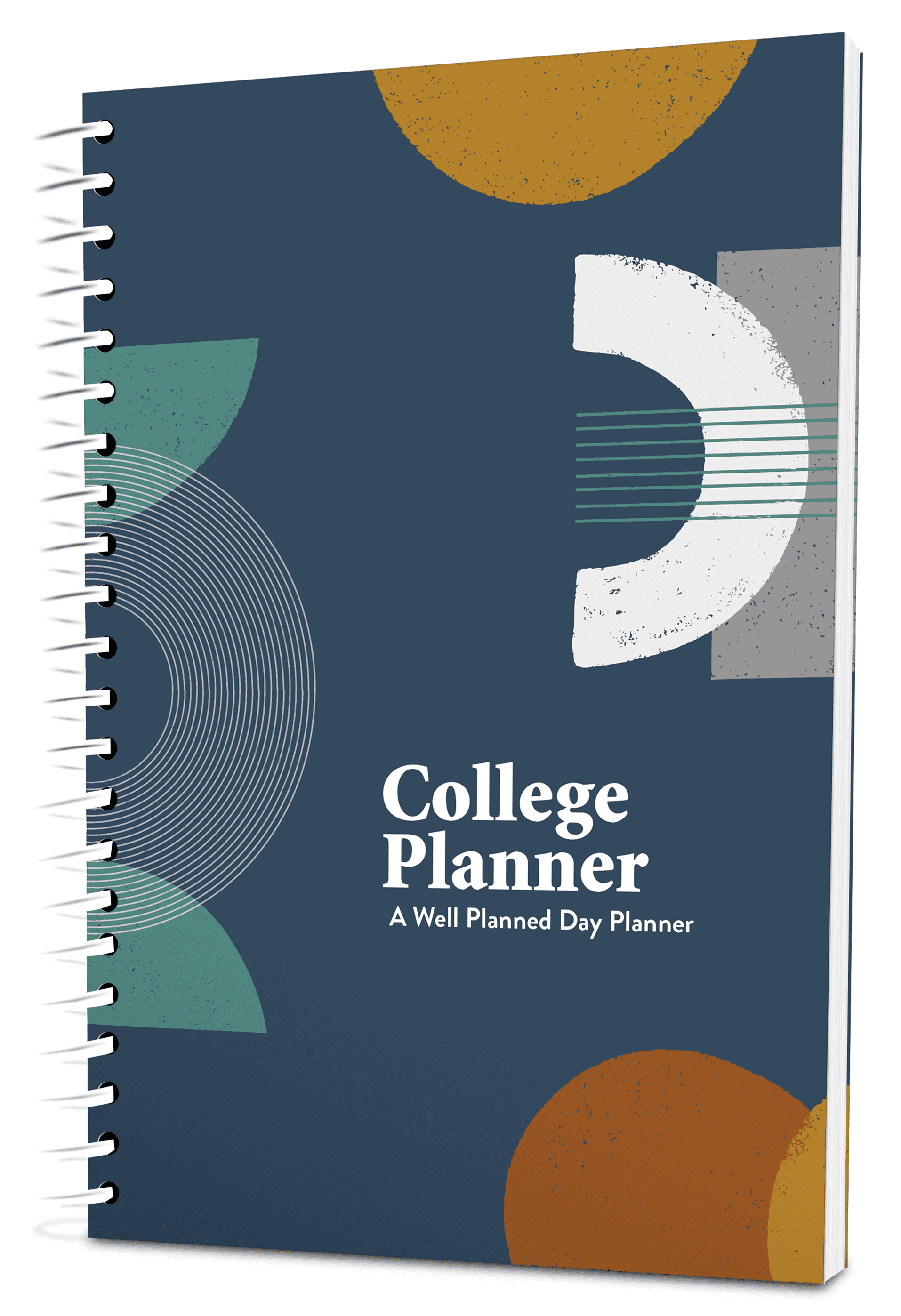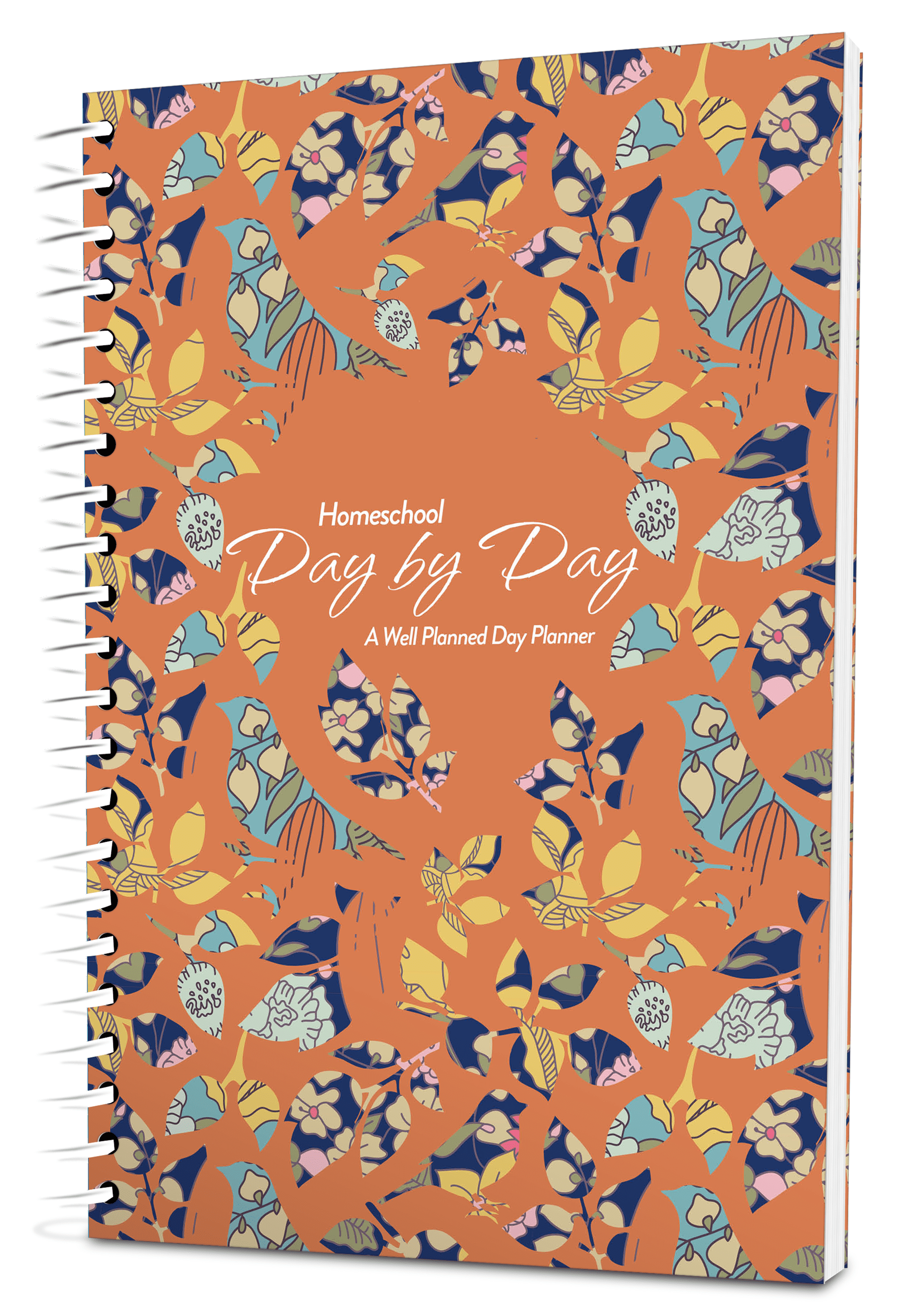If you go to a homeschool conference or even just a gathering of homeschool parents whose children are in high school, you will probably hear someone talking about dual enrollment.
What is dual enrollment?
It is a process by which a high school student takes one or more college classes. The student might go to a local college, or the student might take the course through a distance-learning program (on the internet, for example). Either way, the student is taking a college-level class and earning both college credit and high school credit. That’s why it’s called “dual enrollment.” In a way, the student is enrolled in both high school and college at the same time.
Why should you care about dual enrollment?
Because even though it has some drawbacks, it can be a real help to your high school student if he or she is college bound. Let’s start with how it can help your student.
5 Benefits of Dual Enrollment
I see at least five benefits of dual enrollment.
College Application
First, if your student takes a college-level course while he or she is still in high school, it will make your student’s college application significantly more attractive to a college. After all, colleges have an admissions process because they only accept those students whom they think will be successful. If your student can show that he or she has already been successful in college-level courses, the college will be much more likely to accept him or her. Also, it is nice to have a few courses on your student’s transcript that were graded by someone other than mom. That gives the transcript a bit more weight in a college admissions officer’s mind.
College Level Work
Second, a college-level course is a great way for your student to experience what college-level work is like. It’s one thing to study a subject at the high school level. Studying that same subject at the college level is often quite different. If you think your student is college bound, this is one way to see if you are right. If he or she can’t handle the rigor of a course at the college level, it is best to learn about that now rather than later.
Exploring Interests
Third, a college-level course is an excellent way for your student to explore a possible major. When we homeschooled our daughter, she was interested in psychology and thought she might want to get a degree in it. We had her take Introduction to Psychology at the local college, and while she found it interesting, she didn’t think it was as interesting as she thought it would be. She talked with her professor, who suggested that based on their discussion, our daughter was really interested in sociology. The professor was obviously very perceptive (probably because of her training in psychology), because our daughter ended up getting a degree in sociology once she actually went to college.
Learn from Experts
This brings me to the fourth reason dual enrollment can be good for a student. It gives the student access to a real expert in the field. Unlike most high school teachers, college teachers are highly trained in the subjects they teach. While high school teachers learn a lot about the subjects they teach, they also take a lot of courses on the theory and practice of teaching. Most college teachers don’t do that. They focus on their area of interest, which allows them to become more knowledgeable about the subjects they are teaching. They often do independent research in their field as well, which makes them even more knowledgeable. If a student really wants to learn something in depth, access to an expert can be a real help.
Overcoming Hurdles
Finally, dual enrollment can help you with subjects that are a challenge for a homeschooler. For example, when our daughter was in high school, we had her take French at the local college. We thought that conversation is a very important part of learning a language, so we wanted her to learn French in a group setting that promoted it. There might be other subjects that you think you cannot adequately cover at home because of a lack of resources or expertise. Dual enrollment can help you overcome such a hurdle. Now notice that this is, in my opinion, the least important benefit of dual enrollment. There are other ways to get over such hurdles. A homeschool co-op, getting together with another homeschooling family for a couple of courses, or hiring an outside tutor can also help you overcome such difficulties.
Drawbacks of Dual Enrollment
Now, of course, there are drawbacks to dual enrollment as well.
The most obvious one is the cost. College courses (even ones taught over the internet) are not cheap, and the textbook(s) they use are often more expensive than the ones sold to homeschoolers. Thus, if you choose dual enrollment, you will have to budget for it.
Even if money isn’t an issue, you shouldn’t overdo dual enrollment. First, one of the reasons you are homeschooling your children is to get to know them better. As I look back on my homeschooling experience, I honestly think that was the most important benefit. My daughter developed spiritually, got a better education, and was more positively socialized through homeschooling. However, I honestly believe the reason we are so close today (now that she is 35) is because of our homeschooling experience. It made all the difference when it came to us getting to know one another. If you have your child taking too many outside courses (even when they are on the internet and can be done at home), you are limiting the amount of interaction you have with him or her, and that can produce negative consequences for your long-term relationship.
There is another reason you should watch how many college courses your student takes. Most college scholarships are designed for “first-time freshmen.” If your student racks up more than about 24 college credits, some scholarships will consider him or her to be a sophomore, despite the fact that he or she was never a full-time college student. As a result, there will be some scholarships your student might not be able to get.
Wise Consideration
If you consider both the benefits and the drawbacks wisely, you might decide that dual enrollment is a good idea for your student.
If so, I have one word of advice. Some college courses assume that the student has taken a high school version of that same course. As a result, they don’t cover some of the basics. If your student wants to enroll in one of those courses, make sure he or she has already taken the proper high-school-level course. If the college course will be your student’s first look at a subject, make sure the course he or she will take doesn’t require a preparatory high school course.















